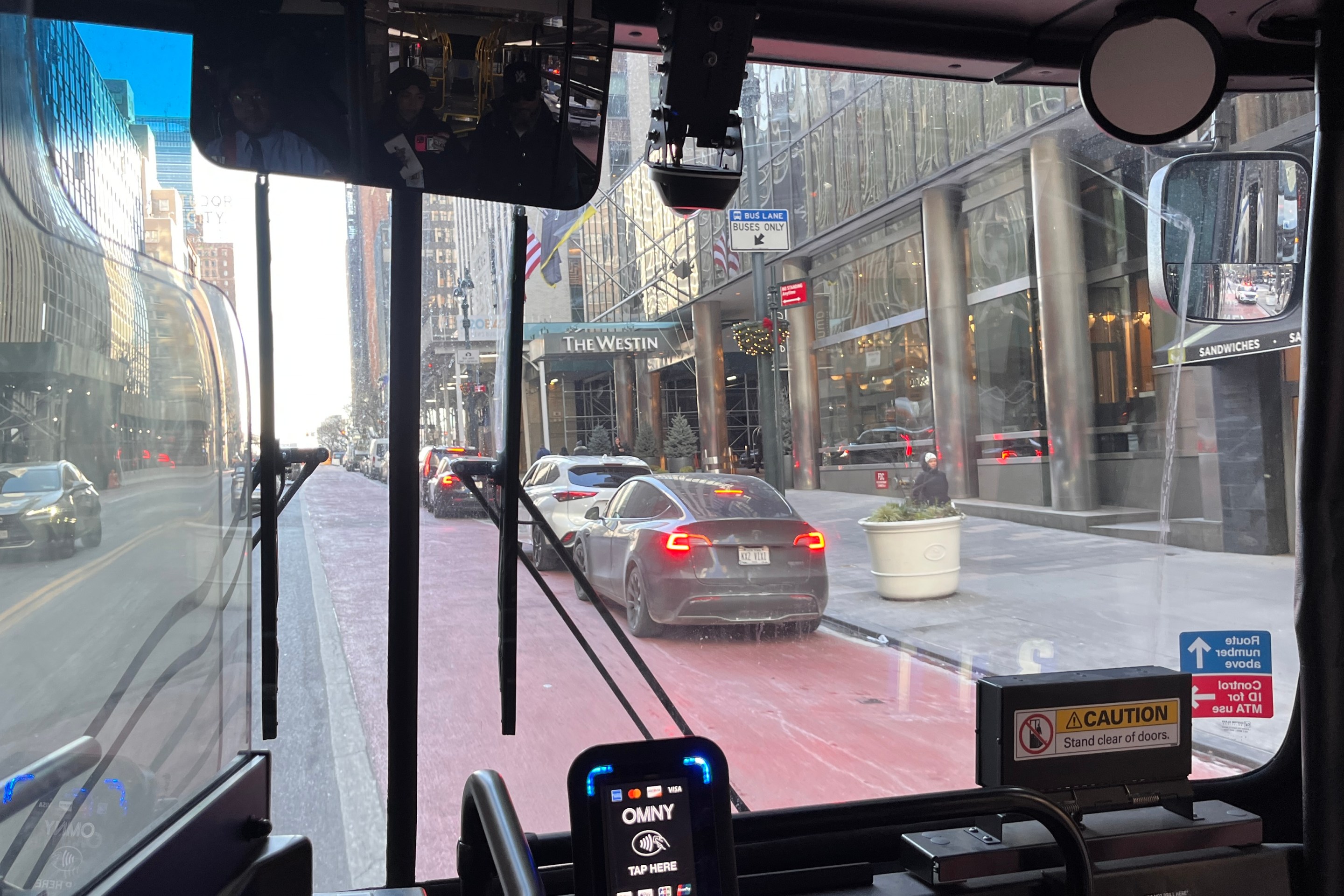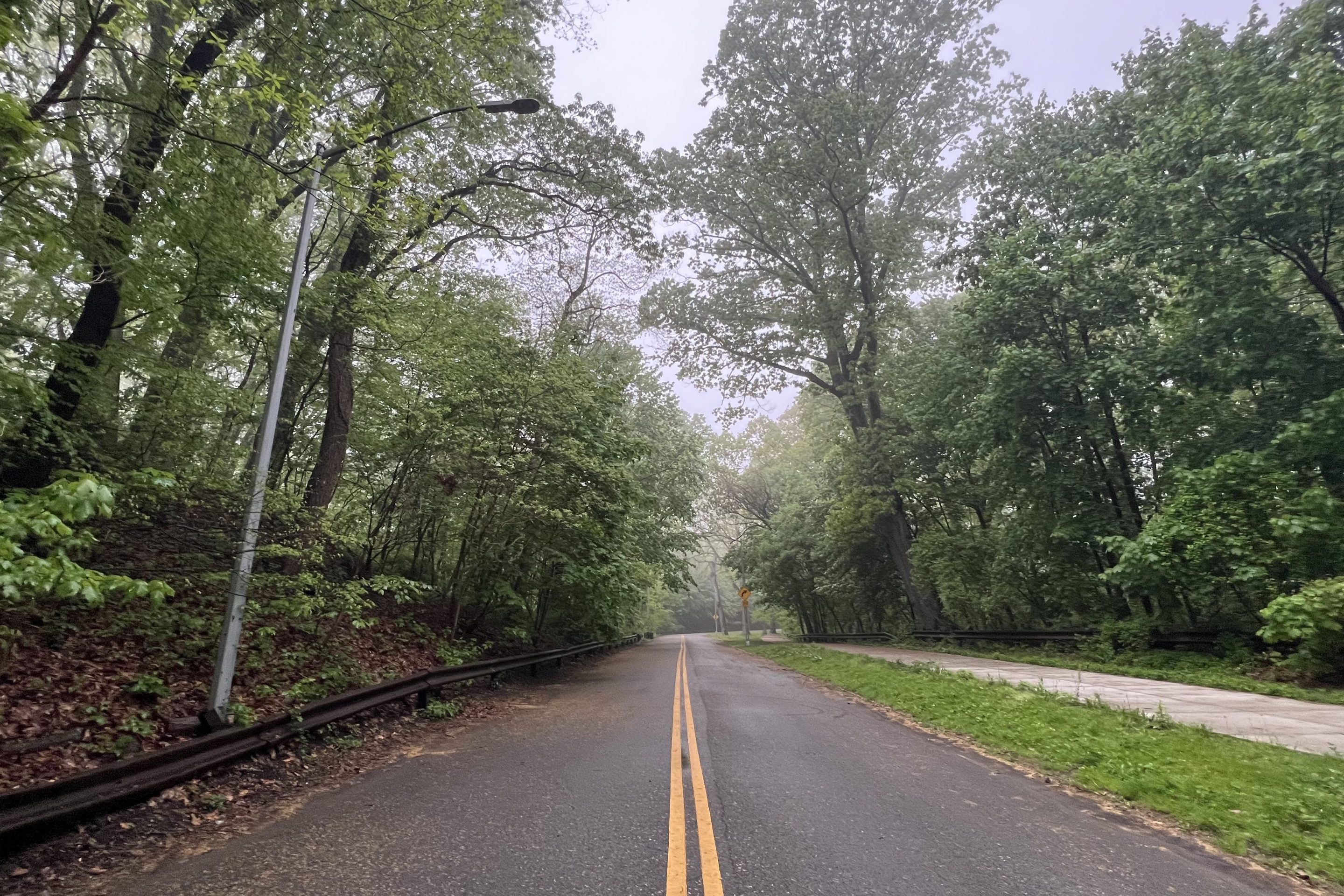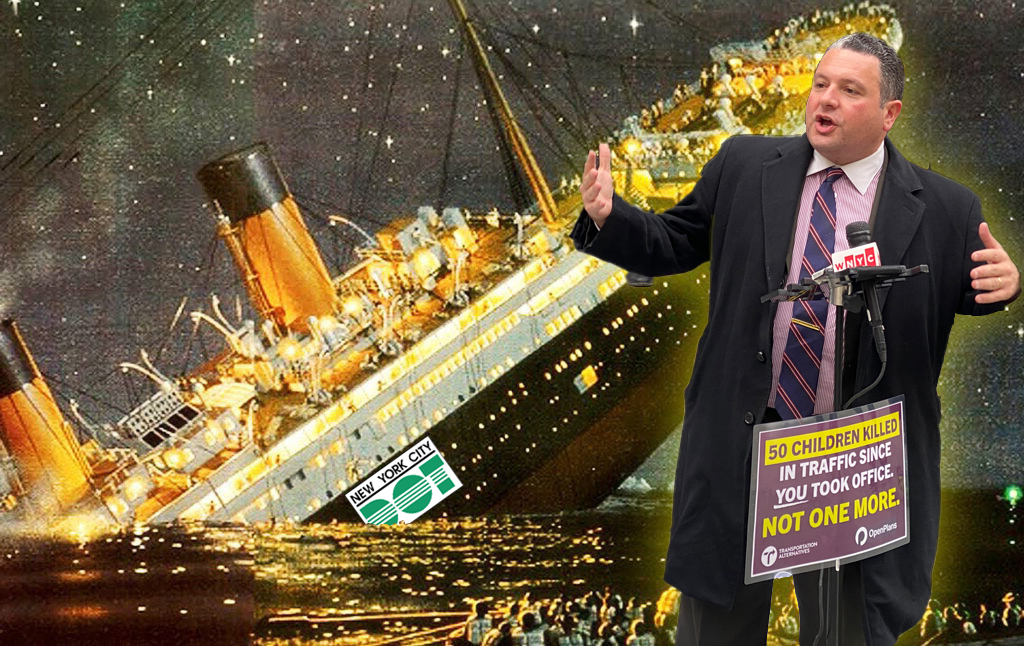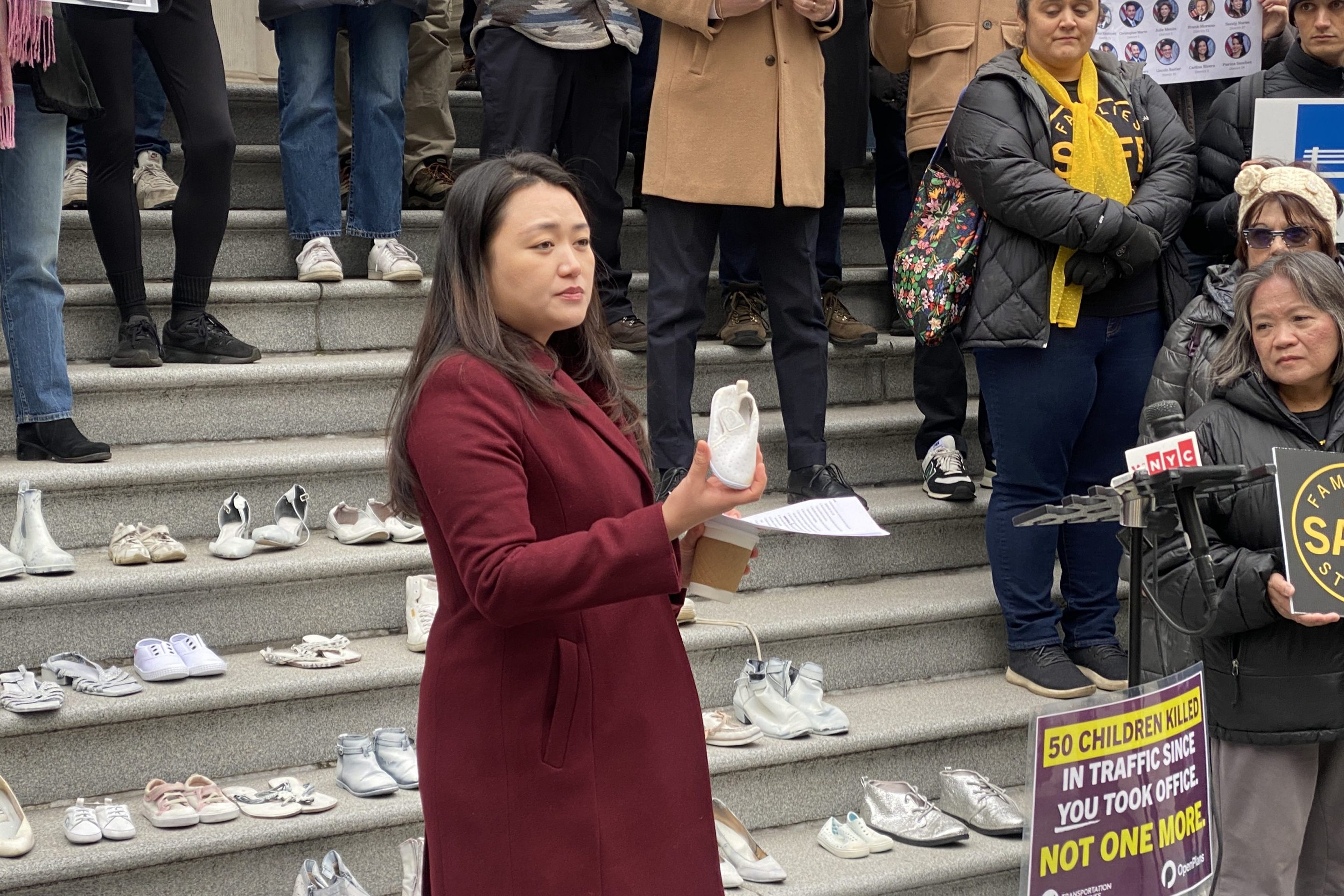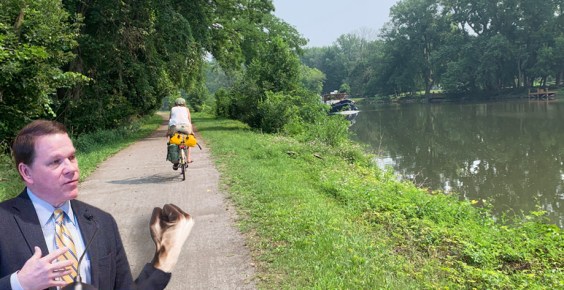Following up on its report highlighting NYPD's lack of meaningful traffic enforcement and a street safety forum featuring former police commissioner Bill Bratton, Transportation Alternatives released a report yesterday [PDF] outlining case studies of effective traffic enforcement. The report gives Mayor-elect Bill de Blasio and his next police commissioner a broad strategy to help achieve de Blasio's stated goal of eliminating traffic fatalities within 10 years.
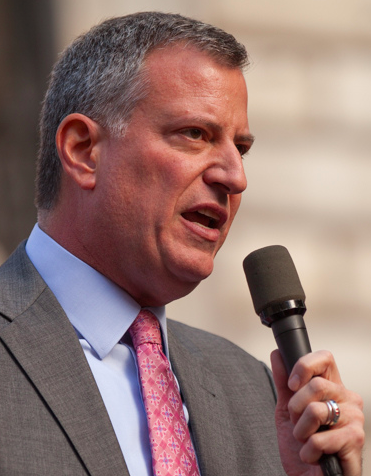
Tens of thousands of New Yorkers are injured in traffic every year, and hundreds are killed. NYPD data show that speeding and failure to yield are the top two causes of fatal and injury-causing crashes. But violating the speed limit remains incredibly common, and only a tiny fraction of speeding motorists are cited by police. Last year, NYPD issued 31 percent fewer tickets for speeding and failure to yield than it did for tinted windows and defective headlights, according to TA.
TA recommends an approach that involves highly visible, sustained enforcement -- including expanded camera enforcement -- against the most dangerous violations at locations with the highest crash rates, as well as a broader effort to capture the public's attention.
The report distinguishes between two types of enforcement: "Specific deterrence" (citing individual motorists for violations) and "general deterrence" (getting the message out that people will get caught if they break certain rules). The report suggests that "specific deterrence" should target the most dangerous offenses, while the police launch an aggressive "general deterrence" education and media campaign.
The report includes several case studies that point the way for NYPD's traffic enforcement efforts. Here are a few:
- NYPD's own 24-hour "enforcement blitz" against cell phone violations in March 2011 resulted in 6,200 summonses and garnered lots of media attention. Police in Hartford, Connecticut, decreased illegal cell phone use by as much as 75 percent by repeating similar ticket blitzes multiple times each year, the report says.
- In Washington, DC, police launch "waves of enforcement" that start off with education on the first day, warnings on the second, and summonses on the third.
- Plainclothes officers in Somerville, Massachusetts, launched stings against drivers who failed to yield to pedestrians in the crosswalk as part of an overall increase in moving violations summonses. The increase in ticketing heightened awareness among drivers, and serious crashes overall fell by 24 percent in 2012 compared to the year before.
- When the Chicago DOT plans a new piece of pedestrian infrastructure, like a crosswalk, the agency notifies the police, who begin an educational and enforcement campaign after it is installed.
The report also features some whimsical yet effective tactics, such as cardboard cut-outs of police officers in India.
In a sign that it may be feeling pressure to pay more attention to street safety, NYPD issued a press release just hours after TA sent out its report, trumpeting the results of a five-day pedestrian safety campaign last week during morning and evening rush hours in high-crash locations.
NYPD says it focused on violations including failure to yield to pedestrians, failure to obey a traffic signal, unsafe lane change, cellphone use, disobeying stop signs, double parking, and passing a school bus while its lights are flashing. Police issued 4,367 moving violations as part of the effort. The campaign also resulted in 46 arrests for driving with a suspended license, and two arrests for reckless driving.
NYPD says its school safety officers educated students about not crossing mid-block and the agency distributed pedestrian safety pamphlets. (Let's hope they're more informative than the fliers spotted earlier this month in Brooklyn.)
While this effort represents a step up from the usual rate of traffic enforcement, counting summonses is a crude metric. Police don't provide the necessary information to evaluate enforcement -- the effect on compliance and crash rates, for example -- or to determine which locations are getting attention.
Because NYPD does not post detailed information online about where it has issued moving violations, the public has to rely on the limited information in the press release, in addition to monthly precinct-level reports, to understand the agency's traffic enforcement activity.
NYPD has repeatedly refused to make detailed geographic crash and enforcement information available to the public, a practice that TA says has to change if the agency is serious about safety.
